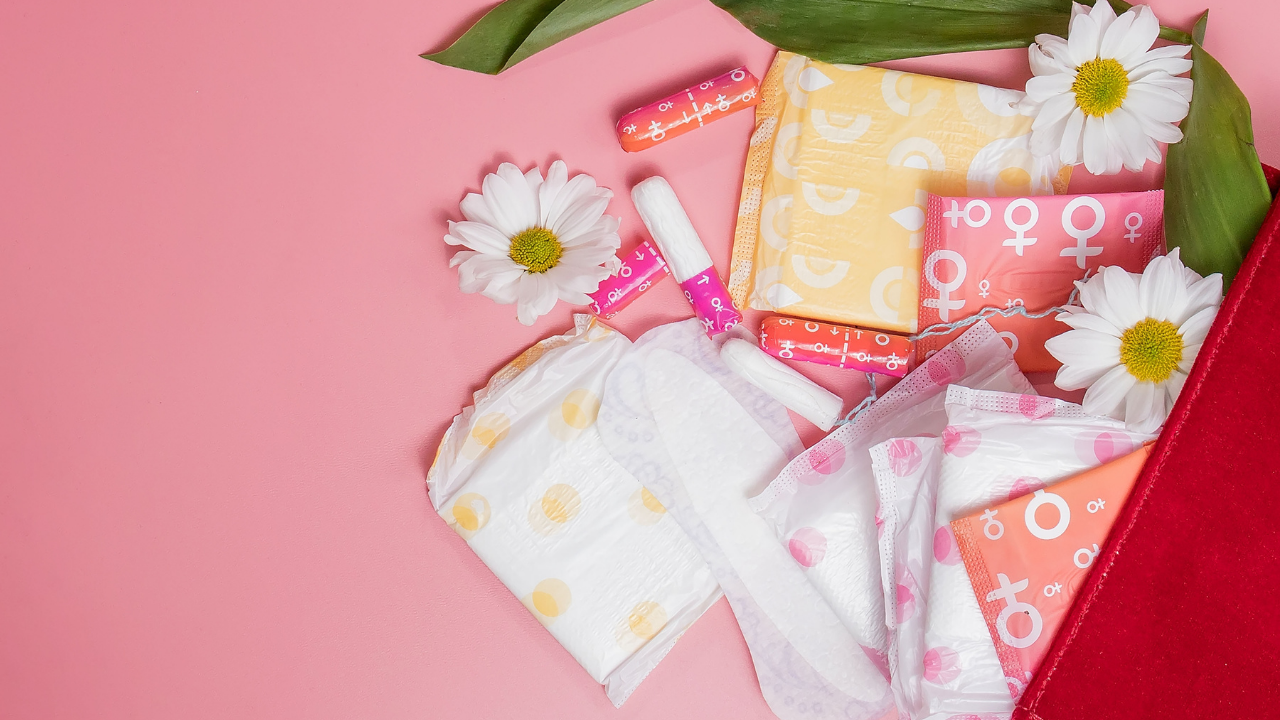For something as routine as a period, the choice of menstrual product has become surprisingly complex. Sanitary pads, tampons, or menstrual cups, deciding which product to use can be confusing. With concerns around chemical exposure, microplastics, skin irritation, and long-term vaginal health, more women are asking: Which option is actually safest for their bodies? Here’s a deep, evidence-backed look at how sanitary pads, tampons and menstrual cups compare, and which one truly stands out when safety is the priority.
- Sanitary pads are worn externally by sticking them to the underwear.
- Tampons are inserted inside the vagina to absorb menstrual flow.
- Menstrual cups are bell-shaped devices that collect blood instead of absorbing.

Let’s understand each with factors that influence risks and safety concerns
Toxic shock syndrome
This is an acute, potentially severe condition caused by bacterial toxins. These toxins can enter the bloodstream and trigger a massive immune reaction, leading to fever, rash, low blood pressure, and even organ failure if untreated.Even though the global incidence of TSS is very low, it has been linked with menstrual products. TSS risk by menstrual product: TamponsThe early major outbreaks of menstrual TSS, in the 1980s, were linked to high-absorbency tampon designs and specific materials. NCBI report highlights when those products were withdrawn, cases fell dramatically.Modern studies show tampon use remains the most frequently identified menstrual product in menstrual TSS cases but absolute risk is very low.As per studies, risk increases with higher absorbency, longer retention, and poor insertion hygiene.

Menstrual cupsA comprehensive systematic Lancet review and meta-analysis of menstrual cup studies found cups to be generally safe and acceptable. The review noted isolated reports of TSS but concluded cups are not associated with a high TSS burden. Sanitary padsAccording to peer-reviewed studies, pads are external and do not stay inside the vaginal canal, so they do not materially change the intravaginal environment in the same way internal devices can.

Infection risk
One of the biggest safety concerns around menstrual products is how they affect the vaginal microbiome. Menstrual products influence infection risk, as factors like material, duration of use determine impact on the vaginal ecosystem. Sanitary padsEven though pads do not directly interact with the vaginal microbiome, they can still influence infection risk through moisture, warmth and friction. A study in the Indian Journal of Community Medicine noted that prolonged pad use, especially the synthetic ones, create a moist environment which may increase risks of skin irritation, vulvar dermatitis and external infections.As per studies, pads are safest in terms of internal infection and microbiome stability, but they highly relate to external irritation especially with long wear or non-breathable materials. TamponsSince tampons sit inside the vaginal canal and absorb fluid, they can significantly interact with the vaginal microbiome.A French survey involving 4,000 women reported that tampon use was associated with slightly higher self-reported rates of vaginal discomfort and dryness, likely linked to microbiome disruption.In conclusion, tampons carry a higher risk of microbiome disturbance, especially with high absorbency, long wear time, or poor hygiene.Menstrual cupsA 2019 Lancet Public Health systematic review of 3,300 participants found no increased risk of yeast infections with menstrual cup use compared with pads and tampons.A controlled clinical study in Kenya found that menstrual cup users had higher abundance of protective Lactobacillus species compared with tampon users. Research strongly suggests that menstrual cups are least disruptive to the vaginal microbiome and may even be associated with better microbiome health than tampons.

Broader public-health considerationsWhile individual safety is central, menstrual products also carry wider public-health implications. These span across access, affordability, hygiene practices, environmental load, waste management, and policy, factors that influence health outcomes for millions of menstruating people, especially in low- and middle-income countries like India.When environmental sustainability, cost-effectiveness, and lower infection burden is concerned, menstrual cups emerge as the strongest option. Which menstrual product is safest? Based on current research, menstrual cups emerge as a safe, low-chemical, reusable option with environmental and cost benefits. However, it is provided that users have; access to clean water, proper usage instructions, and adequate sanitation for cleaning.
- Tampons are convenient but carry a small TSS risk if misused; follow absorbency and timing instructions.
- Pads are safe from the TSS viewpoint, but may contain trace chemicals and cause local skin irritation in sensitive users.
Disclaimer: This article is intended for informational and educational purposes only. It does not replace professional medical advice. Individuals should consult a qualified healthcare provider to discuss personal health concerns, product suitability, or any symptoms related to menstrual health.

